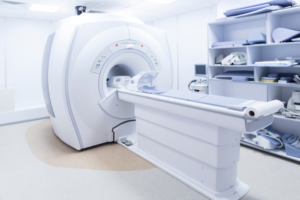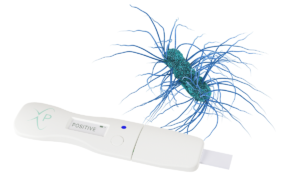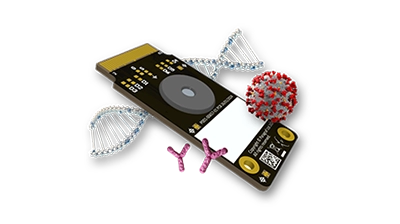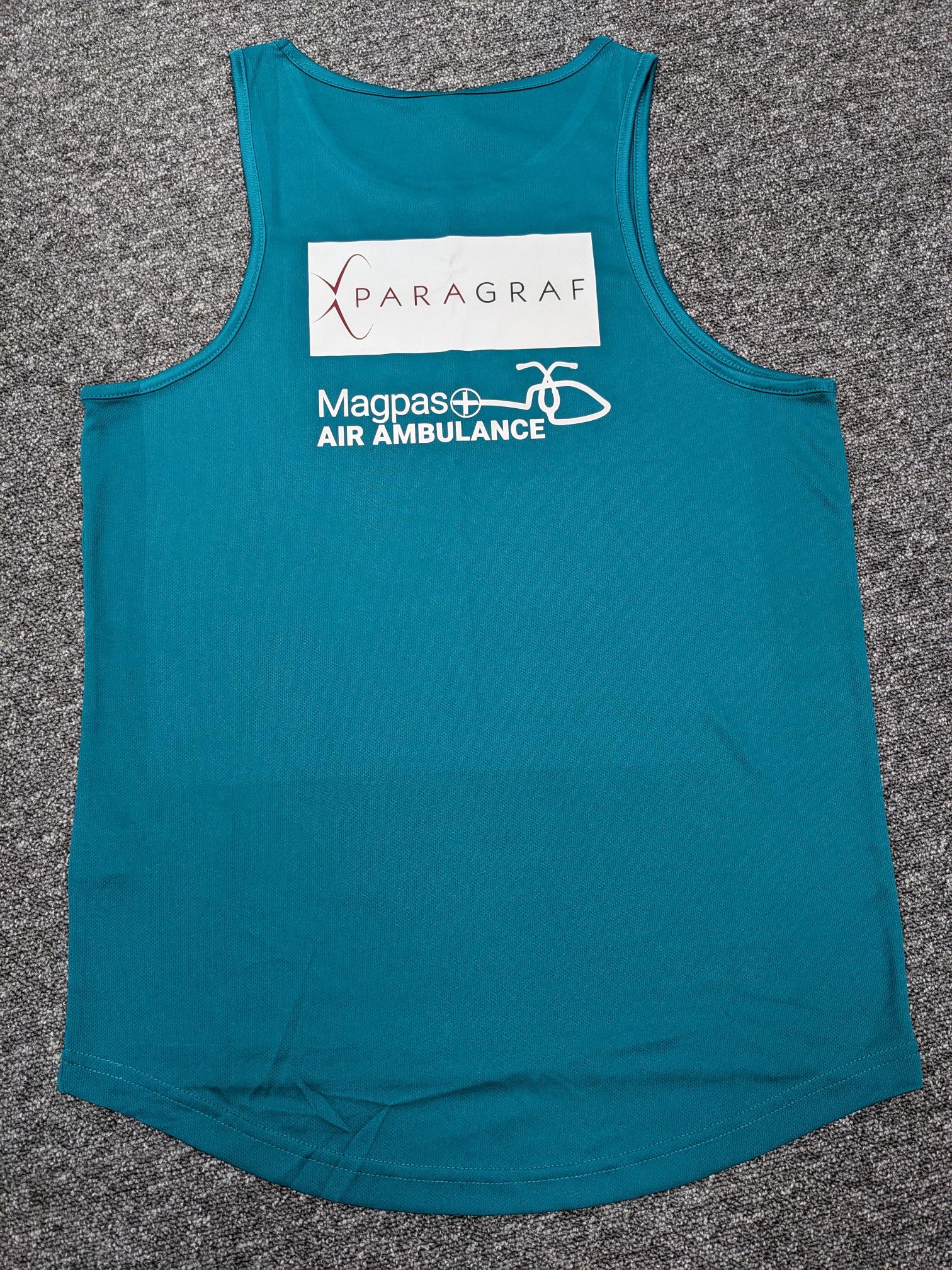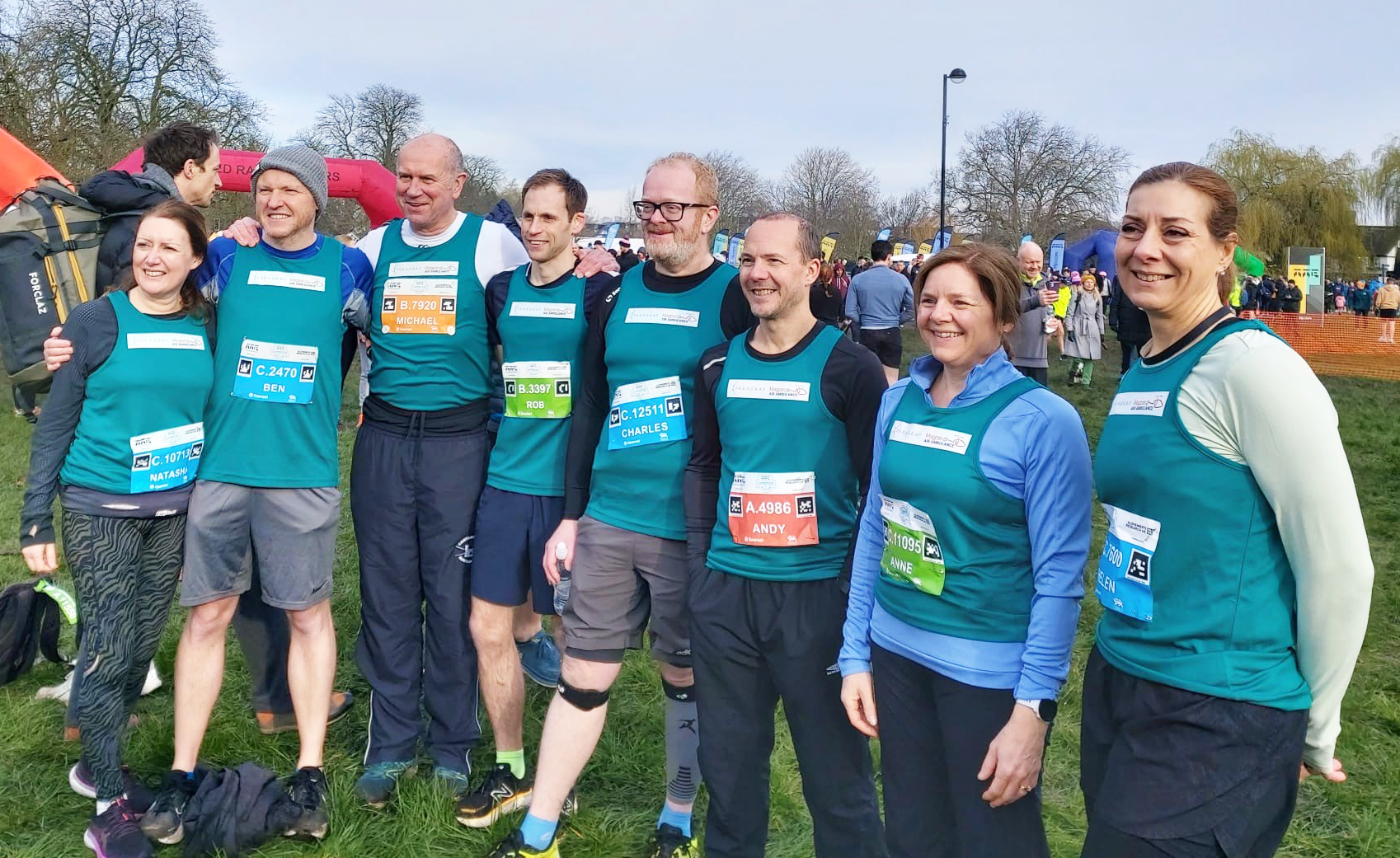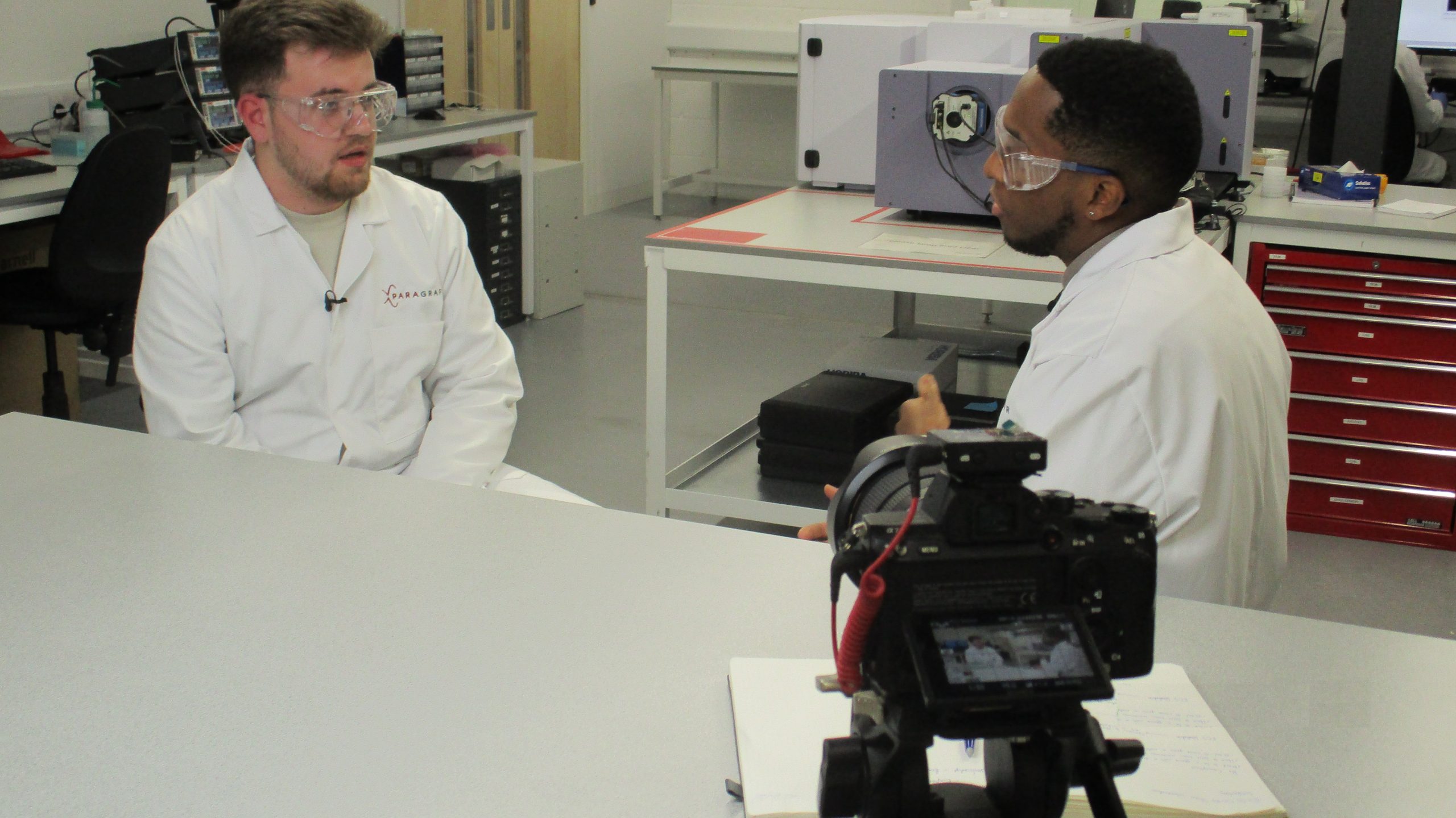What is the problem?
Antimicrobial resistance (AMR) is a global issue that suffers from too-little discussion, owing to the belief that it is a matter for the future. It is also often considered only a concern for low- and middle-income countries; though with increasing global mobility of people, animals and goods, antibiotic resistance is now a global concern1.
When bacteria successfully generate defence mechanisms to resist the effects of antibiotics, infections become more difficult to treat. In 2017, an estimated 48.9m cases of sepsis, a life-threatening condition caused by bacterial infections, were recorded worldwide. This led to some 11m deaths, representing 19.7% of global deaths2.
Without effective antibiotics – or another solution to resistance – the number of mortalities associated with bacterial infections will continue to grow. In 2019, there were 4.95m deaths associated specifically with AMR3.
AMR also presents a massive economic burden. The World Bank predicts that 24m people will be forced into poverty by 2030 as a consequence of resistance, at a cost of $1 trillion a year4.
Despite these worrying statistics, antibiotic use continues to grow5 as it still represents the best way to combat potentially fatal bacterial infections. There needs to be a solution to prevent, or at least slow down, any further growth of AMR.
What is the solution?
The instinctive solution to the prospect of ineffective antibiotics is the development of new drugs, but this isn’t without its own risks. Historically, new antibiotics are developed by tweaking existing drugs that belong to established antibiotic classes6. This reduces development risks because it relies on proven microbiological assays to determine efficacy, known toxicological issues and established regulatory approval routes7.
The problem is that these new drugs are likely to exhibit some of the features to which the target bacteria have developed resistance. In an ideal world, it would be best to develop entirely new antibiotic classes8, but that process is cost-prohibitive. It is estimated to cost $1.5 billion to develop a new class of antibiotics9, which offers little commercial incentive for the few pharmaceutical companies with that capability as the new drug(s) would be classed as ‘drugs of last resort’, limiting their use and therefore their commercial viability.
In reality, the most-effective way to arrest AMR spread is by reducing, or even eradicating, unnecessary antibiotic use and by prescribing the most-effective antibiotic quickly to reduce the early reliance on broad-spectrum antibiotics. Ensuring that the correct drug is prescribed – and administered only as long as necessary – requires effective diagnostics. Current diagnostic tools have many limitations, including slow turnaround time, that inevitably risk incorrect and/or excessive prescription. New tools, for instance graphene-based biosensors that will be affordable and widely available, could revolutionise diagnostics and slow the spread of AMR.
How graphene biosensors can slow AMR
Faster detection
When a patient presents with a bacterial infection, clinical workflows recommend obtaining blood cultures to determine the bacterial aetiology, but incubation can take anywhere from three to seven days10. In cases of suspected sepsis, antibiotics should be administered within one hour11, which means that they are usually issued immediately on suspicion of a bacterial infection, without waiting for pathogen isolation10. Inevitably, this means that broad-spectrum antibiotics may be administered inappropriately while blood culture results are awaited.
Biosensors that harness the highly efficient electrical conductivity of graphene could mean samples will not need to undergo lengthy, complex preparation. Test results can be obtained in real time12 at the point of care. HCPs could rapidly diagnose patients and plan the correct course of treatment (which may not include antibiotics) within minutes.
Lower broad-spectrum antibiotic usage
Broad-spectrum antibiotics remain the first line of treatment that doctors prescribe for potential bacterial infections, even without a confirmed diagnosis. This is due to the necessity of immediate response. Because these broad-spectrum antibiotics do not target only the infectious bacteria that provide the purpose for intervention, all bacteria within the body are attacked and forced to develop defences. Unsurprisingly, it is these antibiotics that have been associated with the increase in AMR13.
NICE guidelines recommend the use of broad-spectrum antibiotics if a patient presents with one or more moderate-to-high-risk sepsis criteria such as a raised temperature, raised heart rate14 and raised white blood cell count. Many of those criteria could be met by issues other than a bacterial infection and therefore would not benefit from antibacterial agents. Furthermore, although sepsis is most-often caused by bacterial infections, it can also come from those of a fungal, parasitic or viral nature15.
The real-time results from graphene biosensors will, in the future, allow hospital staff to immediately rule out a bacterial infection, avoiding unnecessary administration of antibiotics. If a bacterial infection is found, graphene biosensors could detect whether it is a gram-negative bacterium, which have higher resistance due to its outer membrane16. The test may also detect resistance genes. This would indicate which narrow-spectrum antibiotic to which the bacteria are most likely to be susceptible. That antibiotic can then be used straight away, treating the specific illness while limiting exposure for the non-harmful bacteria in the body.
Reduction in prescriptions
Ninety percent of antibiotics are prescribed by GPs17, with many admitting to doing so to satisfy patients18. Multiple surveys indicate that many patients believe that antibacterial agents help with viral diseases like flu or the common cold19. This results in patients requesting antibiotics where they aren’t appropriate and GPs obliging to avoid disappointing their patients.
Graphene biosensors will allow GPs to run a point-of-care test to differentiate bacterial and viral pathogens and to use those results to determine whether antibiotics would help. Having definitive evidence of the cause of the patient’s illness may encourage GPs to have more confidence in refusing inappropriate antibiotics and may also help to ease patients’ anxieties.
Similarly, graphene biosensors could be made available to pharmacists in countries where antibiotics are available without prescription. A 2021 systematic review found that 69% of antibiotic use in sub-Saharan African countries was unprescribed20. The review surmised that training and educational support should be provided to pharmacy personnel to allow them to determine the cause of the customer’s issue and recommend the correct treatment.
Handheld, point-of-care biosensors could potentially be employed for these purposes in developing countries, where there is a chronic lack of diagnostic tools. Poor diagnostics means that patient management is predominantly contingent upon large doses of medication, particularly antibiotics21, in lieu of targeted care for particular conditions. Real-time, easy to use, point of care diagnostics will make it easier for HCPs to prescribe appropriate antibiotics, and to prescribe them only when antibiotics are the appropriate treatment.
Shorter courses
Studies have shown that longer courses of antibiotics result in increased antibiotic resistance22. Additionally, inappropriate prescriptions constitute a waste of drugs and a needless increase in healthcare costs. Despite this, providers continue to prescribe longer courses to prevent reinfection and to avoid treatment failure23, but there is a lot of evidence demonstrating that short courses can be just as effective24. With the capability to monitor the PCT level in the blood, courses of antibiotics can be curtailed when the PCT level is seen to drop.
Providers may also believe that a longer course is required to entirely eradicate the harmful bacteria and prevent it forming resistance23. However, in only a few types of infection does resistance occur at the site of infection. Instead, once the patient stops showing symptoms, selective pressure drives AMR amongst other colonizing microbial flora in the body24.
Graphene biosensors would allow HCPs to monitor inflammatory biomarkers to determine if an infection is still present and if antibiotics are still required. This results in reduced exposure for other bacteria. It is also better for the patient, who will experience reduced side effects.
Bringing an end to antibiotic resistance
Considering that 50% of antibiotic prescription across the globe is inappropriate25, faster and more-accurate diagnostics is the best way to end precautionary and misguided antibiotic use. Graphene biosensors will accomplish this by encouraging HCPs to only direct antibiotic use where – and for only as long as – it is needed.
References:
- Frost I, Van Boeckel TP, Pires J, Craig J, Laxminarayan R. Global geographic trends in antimicrobial resistance: the role of international travel. J Travel Med. 2019;26(8):taz036. doi:10.1093/jtm/taz036
- Rudd KE, Johnson SC, Agesa KM, et al. Global, regional, and national sepsis incidence and mortality, 1990–2017: analysis for the Global Burden of Disease Study. The Lancet. 2020;395(10219):200-211. doi:10.1016/S0140-6736(19)32989-7
- Murray CJ, Ikuta KS, Sharara F, et al. Global burden of bacterial antimicrobial resistance in 2019: a systematic analysis. The Lancet. 2022;399(10325):629-655. doi:10.1016/S0140-6736(21)02724-0
- V J Olga B ,Irwin, Alec,Berthe,Franck Cesar Jean,Le Gall,Francois G ,Marquez,Patricio. Drug-resistant infections : a threat to our economic future (Vol. 2) : final report. World Bank. Accessed August 2, 2022. https://documents.worldbank.org/en/publication/documents-reports/documentdetail/323311493396993758/final-report
- Klein EY, Van Boeckel TP, Martinez EM, et al. Global increase and geographic convergence in antibiotic consumption between 2000 and 2015. Proc Natl Acad Sci U S A. 2018;115(15):E3463-E3470. doi:10.1073/pnas.1717295115
- Silver LL. Challenges of antibacterial discovery. Clin Microbiol Rev. 2011;24(1):71-109. doi:10.1128/CMR.00030-10
- Andes D, Anon J, Jacobs MR, Craig WA. Application of pharmacokinetics and pharmacodynamics to antimicrobial therapy of respiratory tract infections. Clin Lab Med. 2004;24(2):477-502. doi:10.1016/j.cll.2004.03.009
- Fair RJ, Tor Y. Antibiotics and Bacterial Resistance in the 21st Century. Perspect Medicin Chem. 2014;6:25-64. doi:10.4137/PMC.S14459
- Towse A, Hoyle CK, Goodall J, Hirsch M, Mestre-Ferrandiz J, Rex JH. Time for a change in how new antibiotics are reimbursed: Development of an insurance framework for funding new antibiotics based on a policy of risk mitigation. Health Policy. 2017;121(10):1025-1030. doi:10.1016/j.healthpol.2017.07.011
- Yanagihara K, Kitagawa Y, Tomonaga M, et al. Evaluation of pathogen detection from clinical samples by real-time polymerase chain reaction using a sepsis pathogen DNA detection kit. Crit Care. 2010;14(4):R159. doi:10.1186/cc9234
- NHS. Treatment and recovery from sepsis. nhs.uk. Published October 23, 2017. Accessed August 10, 2022. https://www.nhs.uk/conditions/sepsis/treatment-and-recovery/
- Kuila T, Bose S, Khanra P, Mishra AK, Kim NH, Lee JH. Recent advances in graphene-based biosensors. Biosensors and Bioelectronics. 2011;26(12):4637-4648. doi:10.1016/j.bios.2011.05.039
- Cižman M, Plankar Srovin T. Antibiotic consumption and resistance of gram-negative pathogens (collateral damage). GMS Infect Dis. 2018;6:Doc05. doi:10.3205/id000040
- Recommendations | Sepsis: recognition, diagnosis and early management | Guidance | NICE. Accessed August 10, 2022. https://www.nice.org.uk/guidance/ng51/chapter/Recommendations#managing-and-treating-suspected-sepsis-in-acute-hospital-settings
- Sepsis: Causes, Symptoms, Treatment & Prevention. Cleveland Clinic. Accessed August 16, 2022. https://my.clevelandclinic.org/health/diseases/12361-sepsis
- Breijyeh Z, Jubeh B, Karaman R. Resistance of Gram-Negative Bacteria to Current Antibacterial Agents and Approaches to Resolve It. Molecules. 2020;25(6):1340. doi:10.3390/molecules25061340
- Llor C, Bjerrum L. Antimicrobial resistance: risk associated with antibiotic overuse and initiatives to reduce the problem. Ther Adv Drug Saf. 2014;5(6):229-241. doi:10.1177/2042098614554919
- Fletcher-Lartey S, Yee M, Gaarslev C, Khan R. Why do general practitioners prescribe antibiotics for upper respiratory tract infections to meet patient expectations: a mixed methods study. BMJ Open. 2016;6(10):e012244. doi:10.1136/bmjopen-2016-012244
- Global action plan on antimicrobial resistance. Accessed August 2, 2022. https://www.who.int/publications-detail-redirect/9789241509763
- Belachew SA, Hall L, Selvey LA. Non-prescription dispensing of antibiotic agents among community drug retail outlets in Sub-Saharan African countries: a systematic review and meta-analysis. Antimicrobial Resistance & Infection Control. 2021;10(1):13. doi:10.1186/s13756-020-00880-w
- Chaw PS, Höpner J, Mikolajczyk R. The knowledge, attitude and practice of health practitioners towards antibiotic prescribing and resistance in developing countries-A systematic review. J Clin Pharm Ther. 2018;43(5):606-613. doi:10.1111/jcpt.12730
- Singh N, Rogers P, Atwood CW, Wagener MM, Yu VL. Short-course empiric antibiotic therapy for patients with pulmonary infiltrates in the intensive care unit. A proposed solution for indiscriminate antibiotic prescription. Am J Respir Crit Care Med. 2000;162(2 Pt 1):505-511. doi:10.1164/ajrccm.162.2.9909095
- Palin V, Welfare W, Ashcroft DM, van Staa TP. Shorter and Longer Courses of Antibiotics for Common Infections and the Association with Reductions of Infection-Related Complications Including Hospital Admissions. Clinical Infectious Diseases. 2021;73(10):1805-1812. doi:10.1093/cid/ciab159
- Spellberg B. The Maturing Antibiotic Mantra: “Shorter Is Still Better.” J Hosp Med. 2018;13(5):361.362. doi:10.12788/jhm.2904
- Milani RV, Wilt JK, Entwisle J, Hand J, Cazabon P, Bohan JG. Reducing inappropriate outpatient antibiotic prescribing: normative comparison using unblinded provider reports. BMJ Open Qual. 2019;8(1):e000351. doi:10.1136/bmjoq-2018-000351

